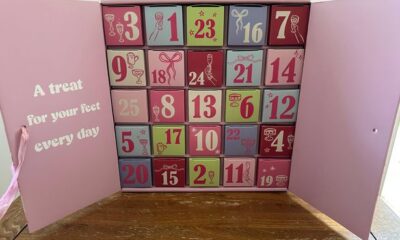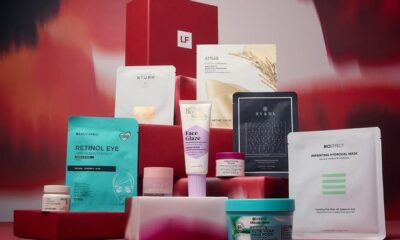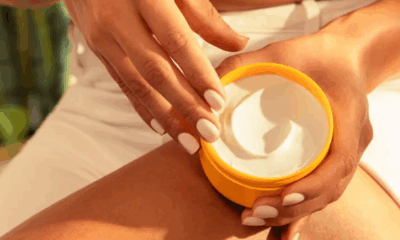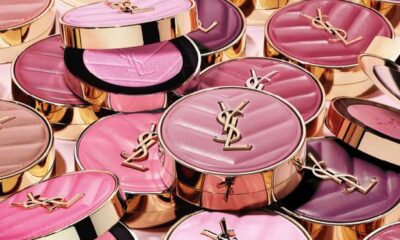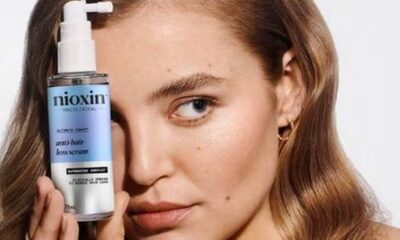Lifestyle
LookFantastic Launches New Hair Volume Edit for Fuller Locks
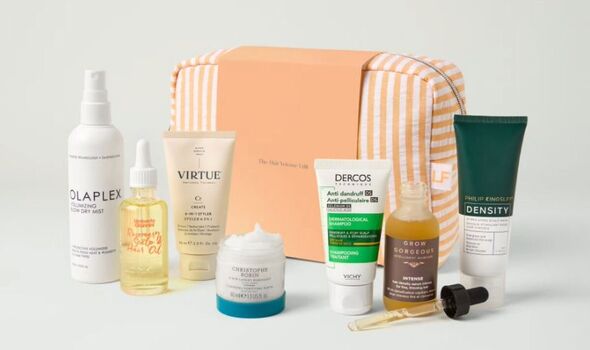
Online beauty retailer LookFantastic has introduced its first-ever “solutions edit,” a collection designed to address specific hair concerns such as volume and fullness. The LookFantastic Hair Volume Edit, priced at £45, comprises seven products aimed at enhancing the appearance of flat hair and delivering effortless amplification.
This bundle includes well-known products such as Olaplex’s Volumizing Blow Dry Mist and Philip Kingsley’s Density Stimulating Scalp Mask, which collectively hold a retail value exceeding £150. The emphasis on targeted solutions reflects the growing demand for personalized beauty routines among consumers.
Competing Products in the Market
In addition to LookFantastic’s offering, Sephora features the Maria Nila Head & Hair Heal Beauty Bag Limited Edition, available for £43.35. This three-piece set includes a shampoo, conditioner, and a limited-edition Argan oil, formulated with aloe vera extract and active ingredients to combat dandruff and improve scalp health.
Also noteworthy is Champo’s Pitta Volumising System, recently discounted to £66 from £72. This package includes a shampoo, conditioner, and growth serum, all designed for individuals dealing with fine or thinning hair.
The LookFantastic Hair Volume Edit prominently features the Philip Kingsley Density Stimulating Scalp Mask, valued at £25. This product aims to regulate excess oil, promoting healthy hair growth. Its formula includes Piroctone Olamine to manage bacteria and target dandruff, alongside a blend of botanicals and caffeine to help slow hair loss.
Customer Feedback Highlights Effectiveness
Customer reviews showcase the effectiveness of the products included in the Hair Volume Edit. One five-star reviewer noted, “After consistent use, I’ve noticed not just an improvement in density but also in the overall texture and strength of my hair. My once lifeless strands now feel fuller, healthier, and more voluminous.” Another user shared their experience battling a sensitive scalp, stating, “I’ve been using this treatment once a week, and it’s not aggravated my scalp at all. So far, a month since starting, I’m seeing modest improvement and will continue it.”
The Hair Volume Edit also features the Grow Gorgeous Hair Growth Serum Intense, a full-size product worth £45. Users are instructed to apply 20 drops to the scalp and hairline, with the brand claiming this can increase thickness by up to 13%. The serum includes organic pea sprout extract to invigorate roots and caffeine to support healthy hair growth, making it particularly beneficial for those with fine, thinning hair.
While many users report positive results, experiences vary. One customer remarked, “My bald patches are gone, and hair has begun to grow back,” while another voiced concerns about the serum making her hair greasy. A further user commented, “While you are using it, the results are great; however, when you stop, it’s back to square one.”
For those interested in the full contents of the LookFantastic Hair Volume Edit, here is a breakdown of the included products:
– Grow Gorgeous Hair Growth Serum Intense 60ml (Full Size) – Worth £45
– OLAPLEX Volumizing Blow Dry Mist 150ml (Full Size) – Worth £28
– Philip Kingsley Density Stimulating Scalp Mask 75ml (Full Size) – Worth £25
– VIRTUE One for All 6-in-1 Styler Cream 60ml (Deluxe Size) – Worth £19
– Christophe Robin Cleansing Purifying Scrub with Sea Salt 40ml (Deluxe Size) – Worth £15
– Umberto Giannini Rosemary Scalp and Hair Oil 50ml (Full Size) – Worth over £9
– Vichy Dercos Anti-Dandruff Shampoo for Normal to Oily Hair 50ml (Deluxe Size) – Worth over £2
The introduction of the Hair Volume Edit reflects the ongoing evolution of beauty retail, as consumers increasingly seek products tailored to address their unique hair concerns.
-

 World1 week ago
World1 week agoCoronation Street’s Shocking Murder Twist Reveals Family Secrets
-
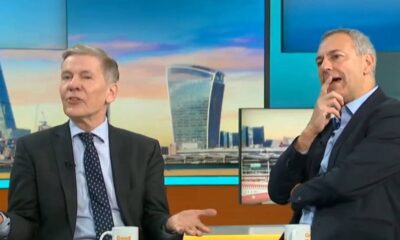
 Entertainment1 week ago
Entertainment1 week agoAndrew Pierce Confirms Departure from ITV’s Good Morning Britain
-

 Entertainment5 months ago
Entertainment5 months agoKate Garraway Sells £2 Million Home Amid Financial Struggles
-

 Entertainment4 months ago
Entertainment4 months agoAnn Ming Reflects on ITV’s ‘I Fought the Law’ Drama
-

 Entertainment1 month ago
Entertainment1 month agoCoronation Street Fans React as Todd Faces Heartbreaking Choice
-

 Health4 months ago
Health4 months agoKatie Price Faces New Health Concerns After Cancer Symptoms Resurface
-
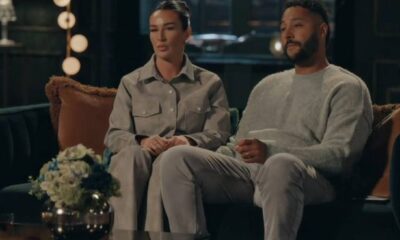
 World1 month ago
World1 month agoBailey Announces Heartbreaking Split from Rebecca After Reunion
-

 Entertainment2 weeks ago
Entertainment2 weeks agoTwo Stars Evicted from I’m A Celebrity Just Days Before Finale
-

 World2 weeks ago
World2 weeks agoKevin Sinfield Exceeds Fundraising Goal Ahead of Final Marathons
-

 Entertainment4 months ago
Entertainment4 months agoCoronation Street’s Carl Webster Faces Trouble with New Affairs
-

 Entertainment3 months ago
Entertainment3 months agoWhere is Tinder Swindler Simon Leviev? Latest Updates Revealed
-

 Entertainment5 months ago
Entertainment5 months agoMarkiplier Addresses AI Controversy During Livestream Response

